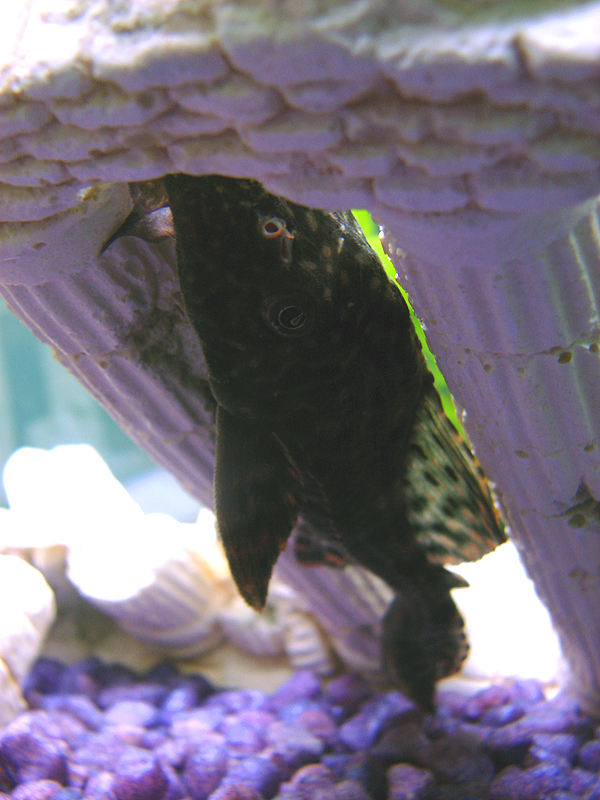 |
| Catfish - Photo: Pixabay |
Catfish got their name obviously from the barbells around their mouths, which look like cat whiskers. These barbells are there for a really good reason. Because of their high sensitivity, the catfish are able to taste the surrounding water for possible food as well as for potential danger. This morphology makes it a highly adaptive fish even in the worst water conditions.
Unlike many people think, a lot of catfish species have various venoms to defend themselves against other predators. While the existence of venomous species that can cause harm to men hasn't been reported in North America, many proofs show that there are highly poisonous catfishes in some parts of the world. When this fish feels threatened, it extends its spines or (barbs) and strikes with them when attacked (even by a human). The good thing is that most of the catfish venoms aren't strong enough and can only cause you some pain that could last an hour or so. The best practice that you could do is to always wear safety gloves when unhooking them.
Another catfish fact that you should be aware of, is that these fish don't actually have scales, yes they don't have any! It's true that armored catfishes have bonny plates covering some parts of their bodies, but they don't really have scales. Someone would wonder how this fish is able to survive harsh conditions even without having solid scales that back them up. Well, the secret as many experienced catfishers say is in their tough skins. So if you think that their lack of scale is making them weak, you need to think again.
Catfish doesn't actually ask for the luxury many other species do. They eat whatever food they find in their face. They can eat everything from meat, plants, bugs, fish eggs and even dead species. The best time for catching a catfish is probably when they are out for food. While these game fishes can eat anything, they definitely don't eat men as many myths and false stories try to tell you!


